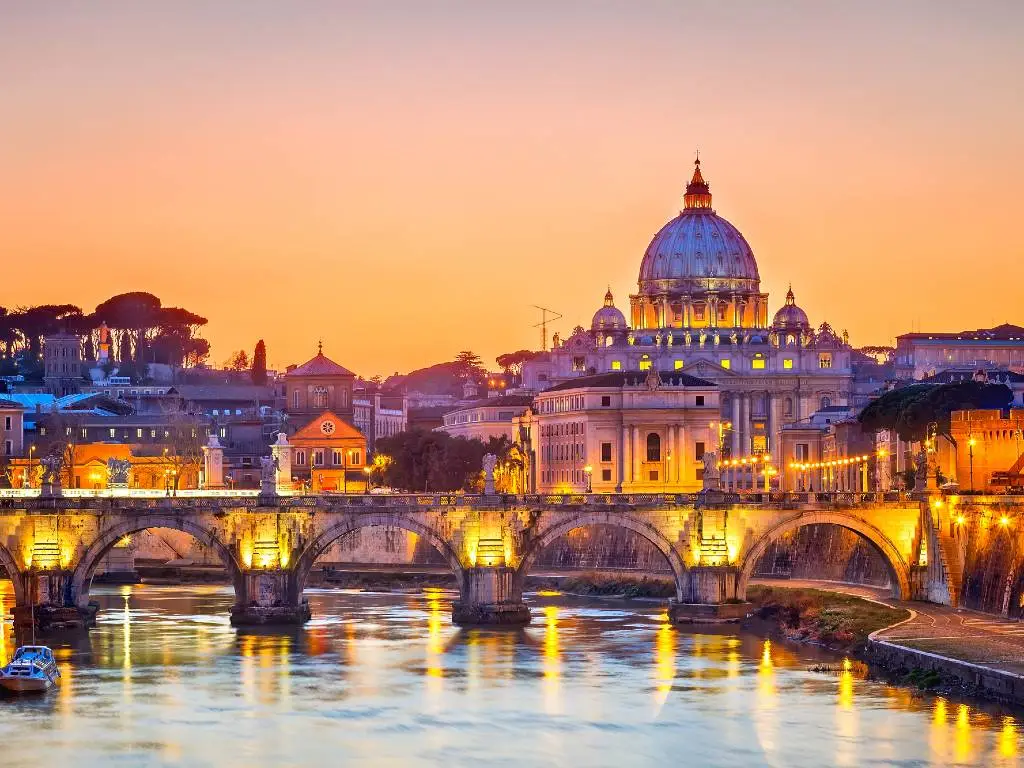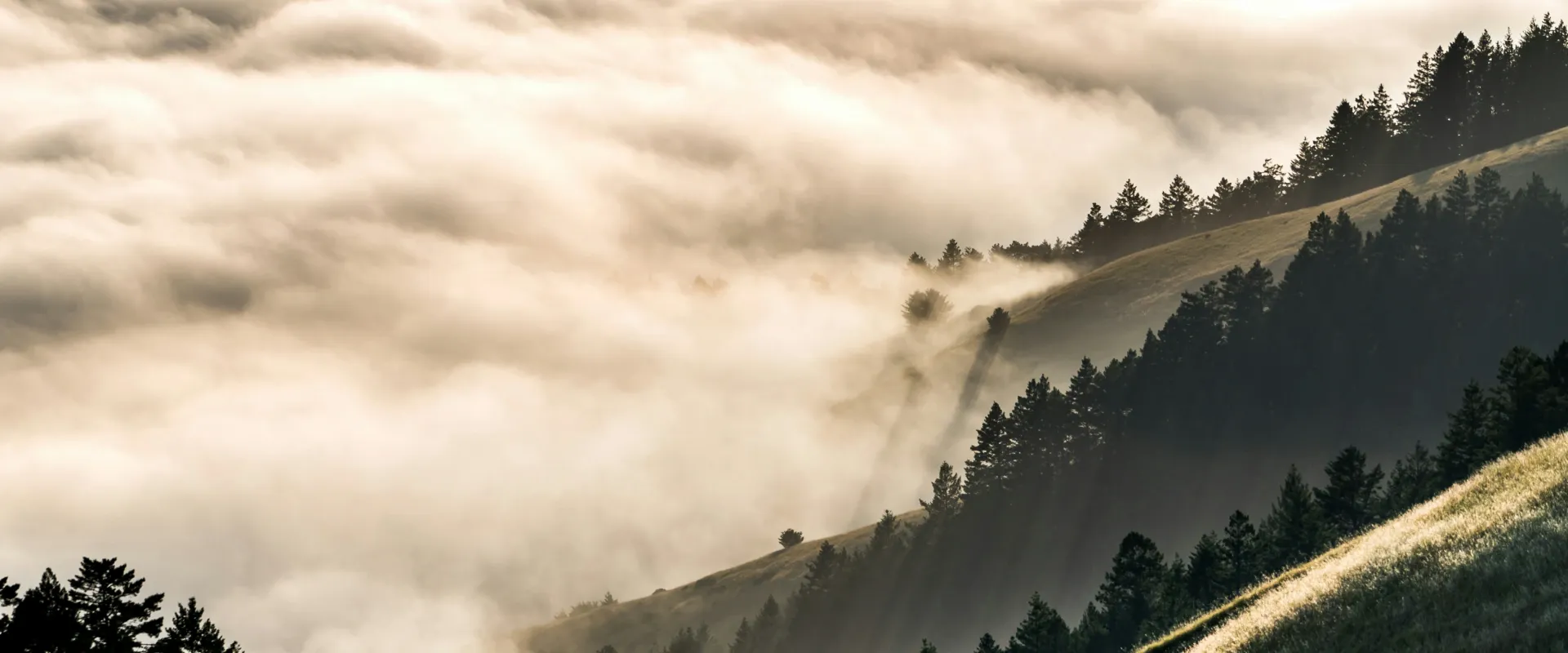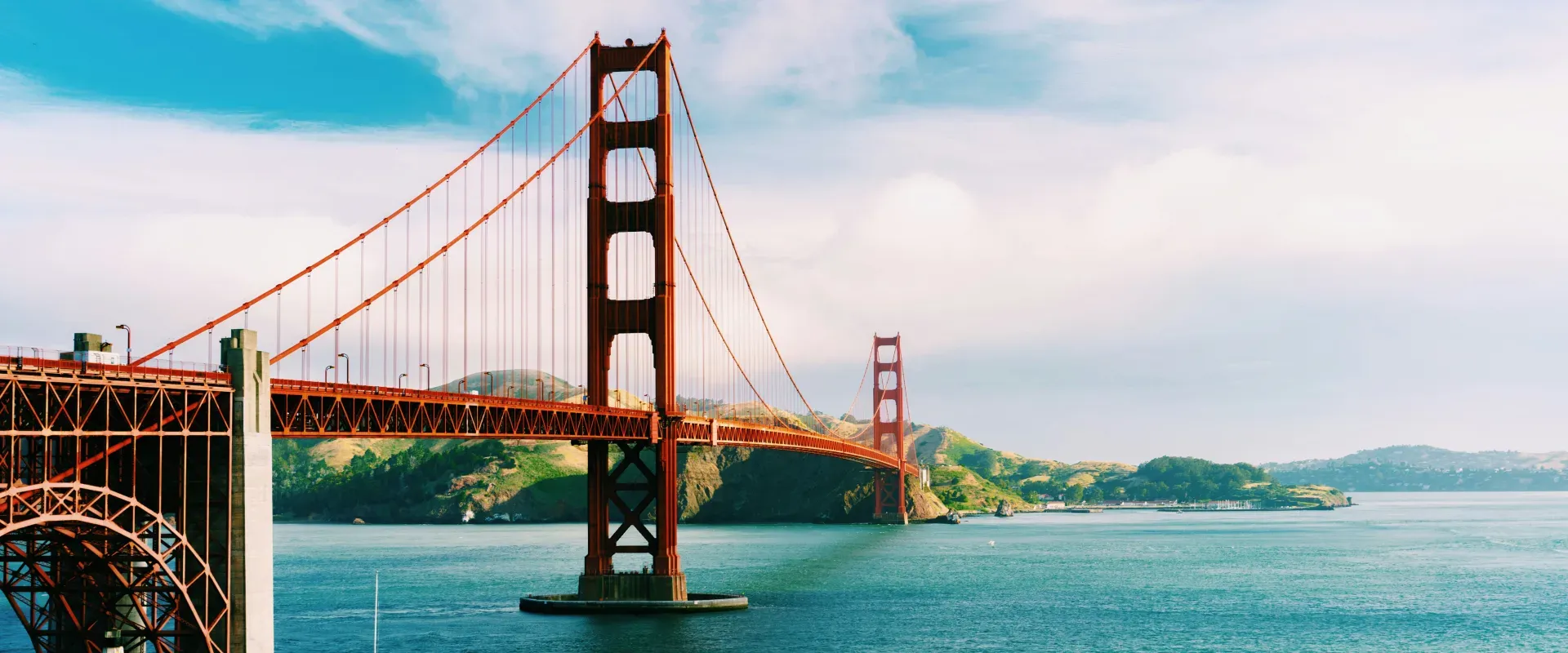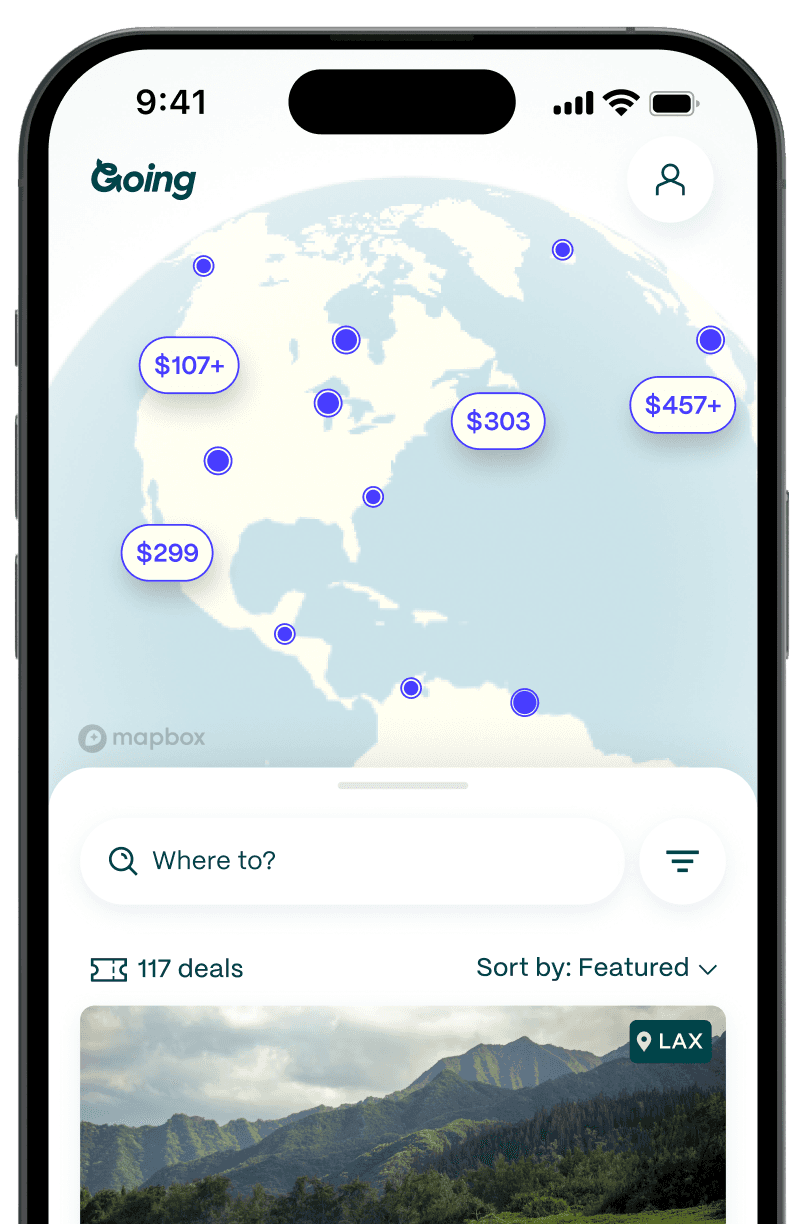
Rome: The Eternal Italian City That Once Ruled an Empire
All roads lead to Rome

Modern buildings abutting ancient ruins, Renaissance palazzos commingling with Baroque churches, Romans zipping around town on Vespas past street art murals, Catholic nuns walking around in their habits, nightclubs pulsing with music until the wee hours—this is the Eternal City in all its grit and glory.
Historians and archeologists have long puzzled over how exactly a small settlement on the Mediterranean became one of the greatest empires in the history of the world, but for a time the expression “all roads lead to Rome” wasn’t much of an exaggeration.
Today, Rome is a modern city where you’re never far from the past. Turn a corner and you might come face-to-face with an ancient temple or peek past an open door into the courtyard of an aristocratic palazzo. That’s the magic of Rome—it’s a city full of surprises.

The rise of ancient Rome…
The emperor Augustus, successor to Julius Caesar, famously said, “I found Rome a city of bricks and left it a city of marble.”
Though Rome was a republic until Julius Caesar declared himself emperor in the 1st century BCE, it was during a period of about 200 years—from 44 BCE to 192 CE—that a series of more than a dozen emperors transformed the city, and erected the buildings whose ruins we see today.
Augustus built a huge new Forum, a new senate house, the Teatro di Marcello, and many other public and private works, including a massive mausoleum currently being restored. And successive emperors left their mark on the city, both with physical structures and lore. A tour of ancient Rome will take you to the Forum built by Augustus, the Colosseum constructed by Vespasian, the Arch of Titus, Trajan’s Markets, the Temple of Hadrian, the Baths of Caracalla, and the Circus Maximus, which took its unique shape under Julius Caesar and was enlarged by Constantine.
The Pantheon, which remains the best-preserved ancient building in Rome, was originally constructed in 27 BCE and completely rebuilt by Hadrian in the 1st century CE. The sacred area at Largo di Torre Argentina—where Julius Caesar was murdered on the Ides of March—is being restored by Bulgari, with plans to open the site to the public in 2021.
…And its fall

Ultimately, the Roman Empire became too large and spread out to manage. At its zenith, it stretched from modern-day Britain to Syria and included provinces in Italy, France, Spain, Croatia, Macedonia, Greece, North Africa, and Turkey. By the time it fell in the 5th century CE, it had been divided into the Western and Eastern empires, the latter of which continued on as the Byzantine empire until it was conquered by the Ottomans in 1453.
Though we take them for granted now, many of the ancient ruins we see today were buried under fields where sheep and cows grazed until they were finally excavated in the 1800s—and archeologists are still finding remnants of the city’s ancient history, like the shards of pottery and gold jewelry unearthed during the construction of Metro line C, some of which is now on display in the San Giovanni metro station.
The papal legacy
Rome has been the seat of the Catholic Church since the 1st century (minus a few decades in the 1300s when the papal court moved to France). While today, the pope is an important religious figurehead, his influence doesn’t remotely compare to the popes of centuries past, who had unfathomable power and riches. Like the emperors of ancient Rome, Renaissance and Baroque-era popes once again reshaped the city, building streets, monuments, fountains, palaces, and of course cathedrals like St. Peter’s Basilica. They also commissioned some of the greatest artistic masterpieces known to man.
Pope Julius II created the cobblestoned Via Giulia—still one of Rome’s most picturesque streets to this day—and commissioned Michelangelo to paint the ceiling of the Sistine Chapel and Raphael to paint frescoes for his private apartments in the Vatican.
In fact, many of the greatest works of art you’ll see in Rome can be found in churches, including the Ecstasy of Saint Teresa by Bernini inside Santa Maria della Vittoria, Caravaggio’s cycle of paintings dedicated to Saint Matthew in San Luigi dei Francesi, and Raphael’s Sybils in Santa Maria della Pace.
The sacred and the profane
The Catholic Church didn’t only influence how Rome looks—Catholicism underpins the culture.
In the 15th century, the infamous Rodrigo Borgia basically bought his way into the papacy, legitimized four children, made one of his sons a cardinal, made another a duke, and married his daughter off to a series of aristocrats. His power-hungry scheming was the inspiration for Mario Puzo’s novel, The Family, which some think was part of the inspiration for the film The Godfather.
And Rodrigo Borgia is far from the only corrupt pope—with power and riches come corruption and scandal, and for as long as the Church has existed, there has been a dark underworld lurking in the shadows.
Pope Innocent X commissioned the lavish Palazzo Pamphilj overlooking Piazza Navona. It’s been restored and now houses a €5,000 per-night accommodation. Guests can sleep in the bedroom where the pope was rumored to have trysted with his sister-in-law Olimpia Pamphilj.
The Roman aristocracy

Aside from the Church, noble families like the Borghese, Torlonia, Boncompagni-Ludovisi, Ruspoli, and Colonna shaped the city with their palazzos, villas, parks, and public works that Romans still enjoy to this day.
The beautiful Villa Borghese, a verdant oasis in the heart of the city, was once the private estate of the powerful Borghese family, whose art collection now resides in the Galleria Borghese.
Other aristocratic families are still around and will open up their homes to visitors for a fee. Palazzo Colonna—part of which is still inhabited by the noble Colonna family—is a must-visit for its Versailles-esque great hall and gardens.
But to actually meet a princess, make an appointment to visit Villa Aurora with Principessa Rita Boncompagni-Ludovisi, a Texan who married the late Prince Nicolò Boncompagni-Ludovisi, and she’ll show you the ceiling Caravaggio painted upstairs.
Fountains and fontanelle

You might notice a curiosity in the streets of Rome: little cylindrical fountains that spout potable water. They’re called fontanelle (or often nasoni, which translates to large nose) and there are more than 2,000 of them. Though most take a very simple form, there are some beautiful sculpted ones as well. Most are stamped with SPQR, which stands for Senatus Populusque Romanus (Latin for the Senate and People of Rome).
Water has been crucial to the city since the days of ancient Rome, when the Romans built massive aqueducts. During the Baroque period in the 1600s, popes and aristocratic patrons commissioned sculptural masterpieces like the famous Trevi Fountain, the Fountain of the Four Rivers at Piazza Navona, and the Barcaccia in front of the Spanish Steps.
The sculptural fountains are not meant to be drunk from, but those little fontanelle provide a welcome source of free drinking water—especially useful during the hot days of summer.
La cucina povera

Roman cuisine has long been known as la cucina povera (poor cuisine) because the majority of people cooked with few, simple ingredients: pasta, with sauces made with tomatoes, cheese and pepper, or bits of pork. Carbonara, amatriciana, cacio e pepe, and la gricia—the quartet of classic Roman pastas—feature these ingredients.
A whole gastronomic tradition of eating offal was born in Testaccio, where workers at the neighborhood’s slaughterhouse would take the cheaper cuts of meat after selling the prime cuts.
Dishes like trippa alla romana (tripe in tomato sauce with pecorino and mint), pajata (usually served with rigatoni and made with calves’ intestines), and coda alla vaccinara (oxtail stew) may be less popular than they once were, but are still considered Roman classics. Seasonal specialties include carciofi alla romana (Roman-style artichokes with garlic and mint) and fried zucchini blossoms stuffed with mozzarella.
When prepared correctly with fresh ingredients, these humble dishes taste downright sublime. Romans are extremely opinionated about food, so chefs who alter traditional recipes can expect to be the subject of intense debates.
You’ll find these dishes at trattorias all over Rome and can make them at home using the recipes in I Heart Rome: Recipes & Stories from the Eternal City by Maria Pasquale.
Mussolini’s architectural influence

After World War II, Germany removed all Nazi symbols, but in Rome quite a number of Fascist monuments built by Mussolini (Italy’s Fascist dictator from 1925-1945) still remain. Il Duce, as he was known, built entire neighborhoods where you can still see the imposing buildings constructed in the Rationalist style he favored.
Fascist architecture was meant to be so monumental that it would make ordinary humans feel tiny and powerless compared to the state. It also subtly alluded to the Roman Empire, with prime examples being the Colosseo Quadrato (i.e. the Square Colosseum) in the EUR district and the Foro Italico sports complex in the Flaminio quarter.
Why were these symbols of his reign allowed to remain decades after Mussolini was killed and his body hung upside down in Milan? Though there are some theories, there’s no definitive answer.
Vespa vita

The postwar era of the 1950s and ‘60s is also when Romans fully embraced the Vespa, a mode of transportation cheaper than a car that gave Romans—including women—the freedom to move around. Thanks in part to cameos in films like Roman Holiday, the Vespa became an icon of Italian style symbolizing the freewheeling spirit of la dolce vita.
To this day, many Romans still prefer to use a Vespa or other scooter because it’s the easiest and most convenient way to get around the city while dodging traffic jams. If you’re visiting Rome, you should absolutely hop on the back of a Vespa driven by one of Scooteroma’s excellent local guides.
Lights, camera, action
Rome has long been Italy’s film capital and has appeared on the big screen in classics like La Dolce Vita and Roman Holiday as well as more recent movies. Recommended films include Gladiator (for an idea of what Rome’s ancient ruins might have looked like during the reign of the emperor Marcus Aurelius) and The Talented Mr. Ripley (for the gorgeous shots of the city as a playground for rich American expats).
But if you only watch two films about Rome, they should be the classic La Dolce Vita and 2013 film The Great Beauty. The latter is a sort of modern take on the former. Both films are essential viewing—for the sumptuous shots of Rome in all its glory, a portrait of the eccentric characters who populate it, and an understanding of the culture with its many contradictions.
Good to know
How to budget for a trip to Rome
Rome does not come cheap! As one of the most visited cities in Europe, there’s much to see and do here, and while some of it is free or inexpensive (the Pantheon and the basilicas of Saint Peter and Saint John are all free), other attractions’ entry fees begin to add up. The good news is that hotels are very reasonable—you’ll have a lovely stay at any number of hotels for well under $150/night—and the food doesn’t have to be expensive. In fact, plenty of meals are priced at or under $15 excluding alcohol, but if you’re planning to taste as much as possible, give yourself $80/day to spend on food.
Safety considerations
By and large, the Eternal City is a safe one for travelers, with one large exception: pickpocketing. Rome has a reputation for its pickpockets being among the stealthiest; it’s not as uncommon as we’d like to hear stories of a person’s watch being snatched right off their wrist without so much as noticing. Rome is also a place where many local men may be inclined to shout at or catcall women more overtly than other cities (and BIPOC of all genders might notice some stares). But it’s friendly towards LGBTQIA+ folks, and violence is rare. Your biggest concern will be getting a piece of jewelry or your wallet stolen.
Weather in Rome
Rome has a Mediterranean climate, with mild winters and hot summers. Averages hover around 89° F in July and August, though heat waves can push those numbers significantly higher. In winter, things drop to the low 50s most days; nights will get a bit colder, but rarely cold enough for snow or ice. 
When to visit Rome
Despite the heat, summer is peak season in Rome, when lines are at their longest and accommodation prices are at their highest. If those kinds of temperatures have you sweating just thinking about them, opt for spring or fall, when temps are comfortably in the mid 60s or low 70s most days. To avoid the bulk of the crowds, visit in winter (just avoid December 8, and Christmas through the Epiphany, January 6) when it’s chilly but blissfully quiet.
Money saving tips
Drink your coffee at the bar. That’s how most Romans do it, as that’s how it’s the cheapest. Sitting down at a table can add a few bucks to your total bill—and that adds up fast if coffee is a daily necessity for you.
Look for an aperitivo with a buffet. The aperitivo is a time-honored tradition in Rome; it’s a pre-dinner drink and snack when people gather to discuss the day. Some restaurants offer a free snack, or even a buffet of snacks, to any guest who buys a full-price alcoholic drink. Pick your place right, and you can fill up for a small price.
Start with the freebies. Many of Rome’s best attractions are free. The Pantheon, St. Peter’s Basilica, Spanish Steps, Trevi Fountain, Villa Borghese, are all free. Plus, all state museums, the Colosseum, Palatino, and Roman Forum are free the first Sunday of the month.
Public transportation options in Rome
With its steep hills and cobbled streets, hoofing it in Rome might sound a bit treacherous, but it’s arguably the best mode of transportation since many of the city’s attractions aren’t far from one another. The metro, tram, and busses are also good options, but in order to successfully navigate, you’ll need to familiarize yourself with all three of these systems, as there are gaps in what each offers.
Renting a car is not recommended, as the streets are impossibly narrow and difficult to get used to, but taxis are good options, especially for anybody with accessibility requirements. The streets are no easy feat to traverse via wheelchair. Uber is available in Rome, but highly regulated and very expensive.
Rome airports
The main airport serving Rome is Leonardo da Vinci International Airport (FCO), which is often called simply Fiumicino Airport. It's more than 20 miles from Rome. Fiumicino is Italy's busiest airport (and one of the busiest in Europe), and is a hub for Vueling and Wizz Air.
Rome is also served by the smaller Rome-Ciampino International Airport (CIA), which is under eight miles from the city center, though this isn't typically an international gateway airport unless you're flying to Rome from elsewhere in Europe. It's a hub for Ryanair.
How to get from Leonardo da Vinci-Fiumicino International Airport (FCO) to Rome
There are several options for getting from Fiumicino Airport into Rome. The Leonardo Express is a train that deposits travelers at Rome's main train station, Termini. It's about a 30-minute trip and a one-way ticket costs €14. Coach-style buses make the trip for a cost of less than €10, though the drive time varies with traffic. Expect at least a 40-minute journey. Rome's official taxis have a fixed fee of €48 for passengers going between Fiumicino and Rome's city center (confirm your destination is inside the "city center" map first).
How to get from Rome-Ciampino International Airport (CIA) to Rome
Getting from Ciampino into Rome's city center is possible via taxi or coach-style buses. The fixed fee between Ciampino and the city center is €30, and bus tickets are under €5. Travel times can vary, as both methods are at the mercy of Rome's traffic, but since Ciampino is closer to the city center it's usually less than an hour.
>>Join Going and get cheap flights to Rome and around the world delivered right to your inbox. Check out our complete guide to train travel in Europe or read our tips for your first trip to Europe.
More destinations in Italy
Last updated February 15, 2024
Articles you might like
View All
Best Day Trips from San Francisco: 25 Trips You’ll Actually Want to Take (2026)
Jan 6, 2026
12 min read

30 Free Things To Do In San Francisco That People Keep Recommending
Jan 6, 2026
10 min read

Marrakesh: The North African City Where Storytelling Is an Art
Jan 5, 2026
5 min read






